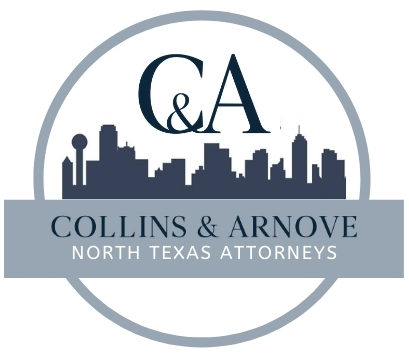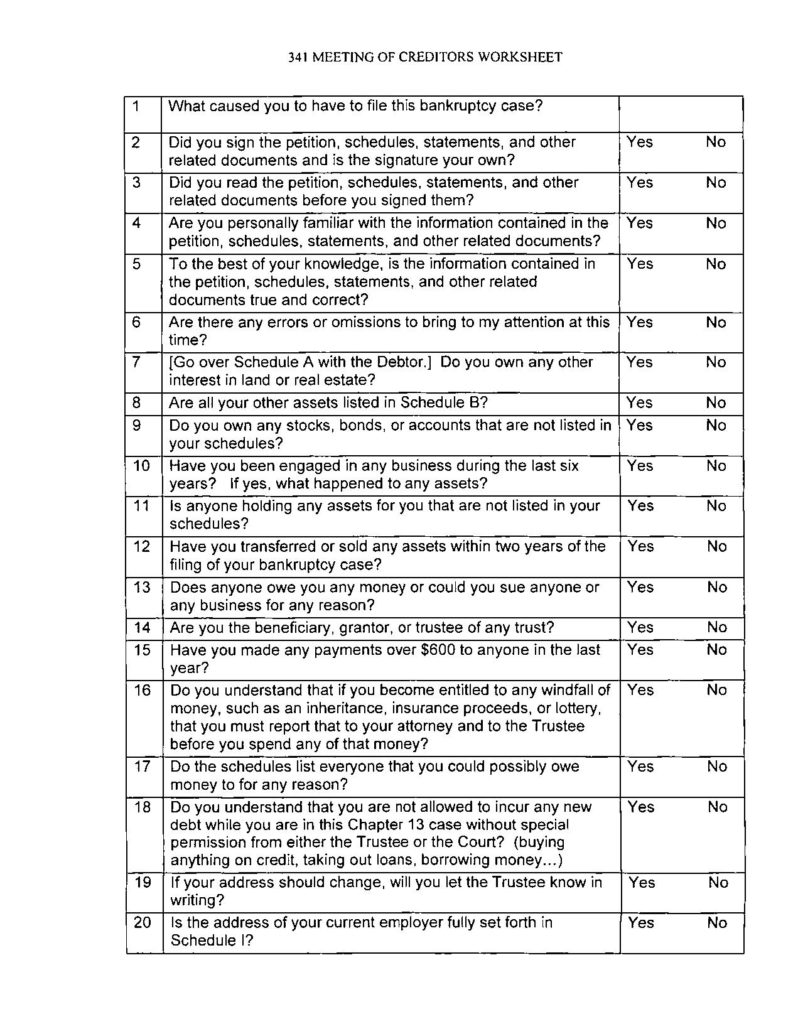What is Chapter 13 Bankruptcy?
Chapter 13 bankruptcy, also known as “the wage earner’s plan” or “rehabilitation bankruptcy”, allows you to create a 3 to 5 year repayment plan based on future earnings to pay off all or part of your debts to creditors.
Chapter 13 is an ideal form of relief for some of the following situations:
You are on hamster wheel of credit card payments
The most common scenario we see is ordinary people with unsecured debt which mainly include credit cards and unsecured loans. They are the following cycle:
- They get paid and use their paycheck to pay all the bills, including the minimums on the credit card payments.
- After those payments, they have no money left in their account; and…
- They then continue to use the cards for everyday items.
Under this cycle the credit cards balances go up over time and the interest really adds up. Eventually they hit the wall where the credit cards are maxed out and they can’t afford to live and make the payments. This is where Chapter 13 comes in because it gets you off that cycle. You’ll pay what you can afford to pay back to your creditors with no worry about interest. Under Chapter 13 you move back to a cash based system for all your other bills.
Owing the IRS
IRS debt can be discharged in limited situations by a Bankruptcy filing. However, the portion of debt that cannot be discharged is called a priority debt. This debt must be paid back in a Chapter 13 filing. It is generally cheaper to throw your debt into a Chapter 13 plan because you don’t have to pay interest and penalties in the Chapter 13 filing.
If you have a tax lien then you can also “cram down” the value of your lien in the same way as you can cram down your car value.
Stopping foreclosure
A Chapter 13 filing puts an automatic stay in place. The automatic stay is a bar on all collection activity, including a foreclosure. A Chapter 13 then allows you to put together a “plan.” This plan accounts for mortgage arrears. Thus, the mortgage you are behind on is rolled into a payment over 36 to 60 months.
Stopping Repossession and/or Reducing Your Car Payment
Chapter 13 stops repossession because of the automatic stay. It even goes a step further in Texas, because the lender cannot sell the car for 10 days after it is taken. So if you file before the 10 day period, you can even get the car back and put it into your Bankruptcy Plan.
Chapter 13 also allows you to reduce your car payment in the following ways:
- Interest rate is reduced
- You can pay what the value of your car is right now rather than what you owe on it. This is called a cram down and is only applicable if your car is over 2.5 years old from when you purchased it.
Who you hire does matter…
The attorney you hire matters more in a Chapter 13 than a Chapter 7. Chapter 13’s are more difficult and easier to “mess up” so to speak. There are a lot of moving parts in terms of dealing with the trustee on a plan payment and dealing with individual creditors on issues such as: interest rate, adequate protection, and value of their claim. At Collins & Arnove we routinely see cases from other attorneys who give into the creditors or trustee’s on these issues when they could fight for a better outcome for their client.


